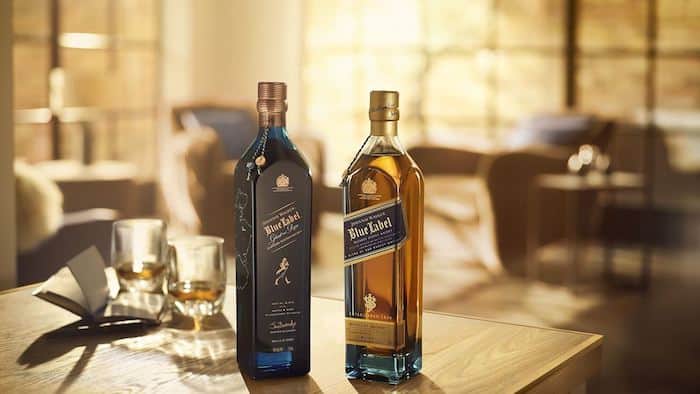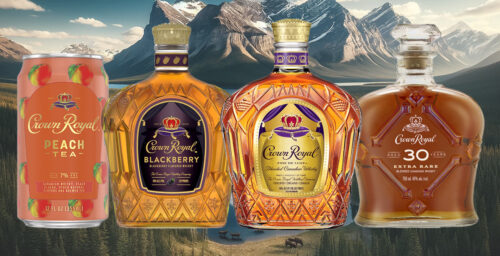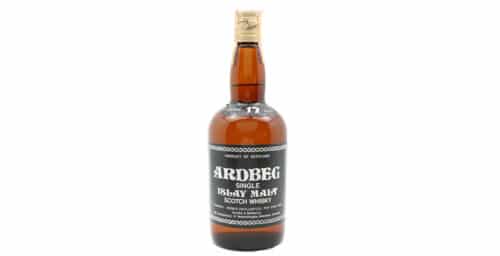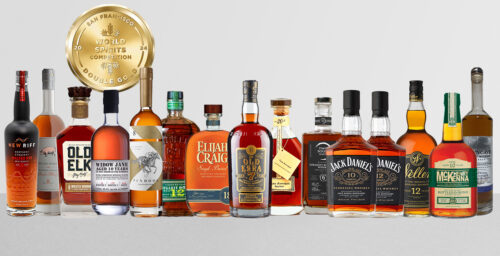I really like the name “Ghost” that Johnnie Walker has appropriated for its new Blue Label offering. The name is a reference to whiskies from distilleries that have long since closed, a.k.a “silent” distilleries. Specifically, the blend includes casks from Cambus, Pittyvaich, and–last but not least–a Highland single malt known as Brora.
The additional five whiskies in this blend are rare expressions of malt and grains from the existing distilleries of Royal Lochnagar, Clynelish, Glenkinchie, Glenlossie, and Cameronbridge. It’s worth pointing out that the Cambus and the Cameronbridge are grain whiskies, as opposed to malted barley.
When compared with other Johnnie Walker blends, Ghost and Rare is not terribly elaborate in terms of the number of distilleries represented. In my opinion, this makes it all the more intriguing. Truth be told, I’ve never really been one to celebrate the marrying of malts and grains from dozens of distilleries into one bottle. When it comes to blends, less is often more–especially when “less” is of the highest quality.
Jim Beveridge (yes, that’s really the master distiller’s name at Johnnie Walker) has said that he feels lucky to work with stocks from other 30 distilleries from every region of Scotland. In regard to his latest brainchild, he offers the following explanation: “Ghost distilleries are becoming increasingly rare. From our library of irreplaceable casks that we keep exclusively for Johnnie Walker Blue Label, I’ve chosen a few uniquely full-bodied expressions of these precious malts and grains to let people explore, in a new way, the extraordinary richness found in our pinnacle whisky.”
Of course, if you’ve read my past reviews on The Whiskey Wash, then you know I’m a big fan of Brora. This epic Highland distillery was mothballed in 1983, the year before I graduated high school. British beverage giant, Diageo, who owns Johnnie Walker, is well aware that I am not alone when it comes to a fascination with casks from such a quintessentially epic distillery.
Tasting Notes: Johnnie Walker Blue Label Ghost and Rare
Vital Stats: 750 ml; no age statement; 46% ABV / 92 proof; $300-$400 price range
Appearance: Burnished copper in color, this whisky displays irregular but well-formed legs, along with impressively attenuated beading, which is a surprising combination that I rarely encounter. Does that make Ghost and Rare look “spooky” in the glass? Well, er, sort of. . . but not off-putting, in the least.
Nose: Drafty air from a dunnage warehouse greets the nose, along with hazelnut and caramel. A noticeable wood presence comes across as wet oak. I grew up in a grove of oak trees in Oregon, and so I know the scent well. My father cut down the trees quite often for firewood. Guess who carried logs up to the wood stove nearly every day in winter time? That’s right: yours truly. In my glass, there are also scents of dark chocolate, cardamom, wheat grass juice, coconut, raspberry, and dried corn husk. I’m impressed with the complexity.
Palate: Forty-six percent ABV provides an adequate “delivery system” for the flavors in my glass. Chocolate-drizzled hazelnut is all but absent in the mouth. I’m getting an austere note of salted cashew instead, along with stewed plum, stewed pear, dried apricot, agave syrup, and caramelized sugar. I’m also detecting a very faint hint of hickory wood smoke. The finish is medium in length, with a measured, well-articulated sweetness that finally gives up the ghost bitterly. Let’s call it a “mahogany deathbed.” I welcome this last, bitter, woody note, as it tends to ready the palate for another sip of nectar.




